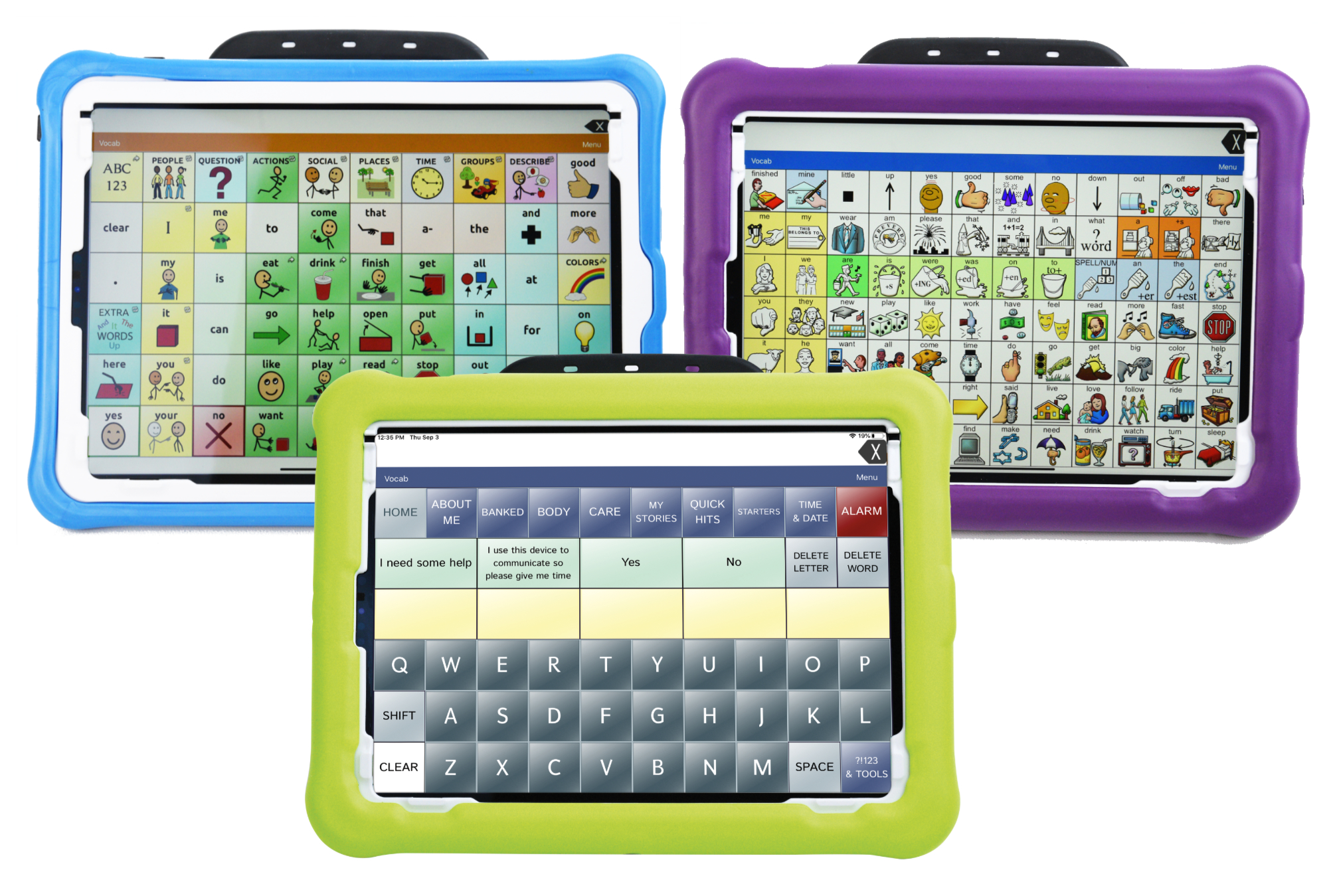Introducing the Via Pro
Built on the processing power of iOS, the Via™ Pro offers the familiarity iOS lovers prefer. It’s easy-to-use and intuitive, right out of the box.
Via Pro: Designed for Communication
When you order a Via Pro, you get your choice of industry-leading PRC-Saltillo apps pre-installed. Choose from two of the most popular AAC apps: TouchChat® with WordPower™ or LAMP Words for Life®. Either choice comes with Spanish options already integrated for seamless bilingual communication.




















